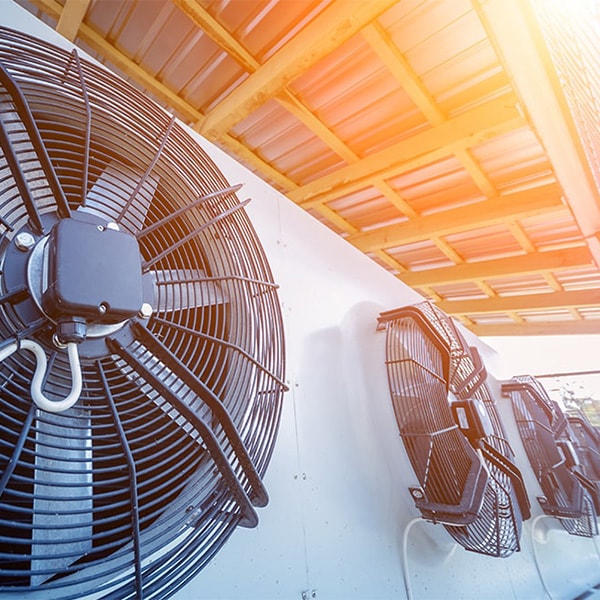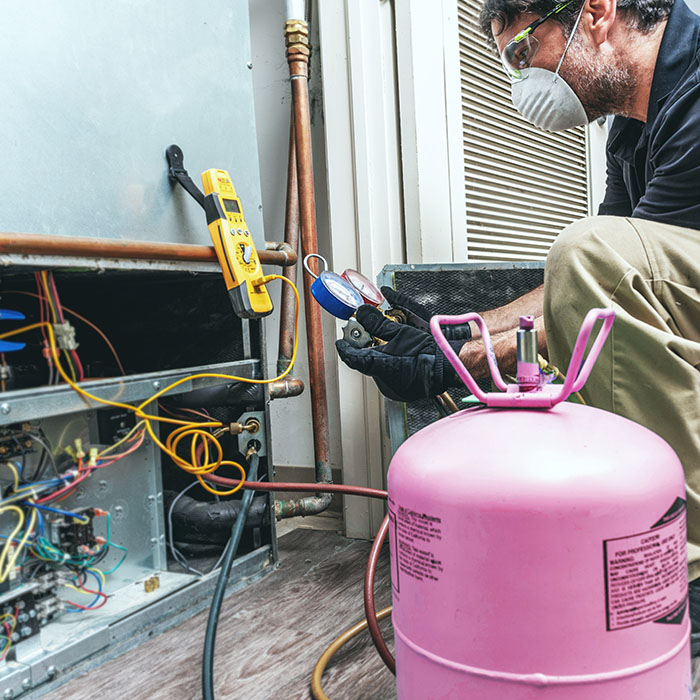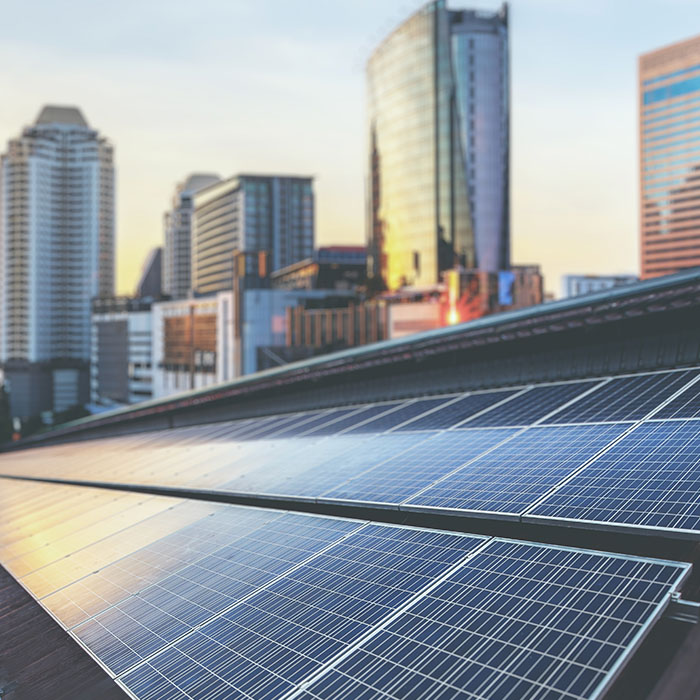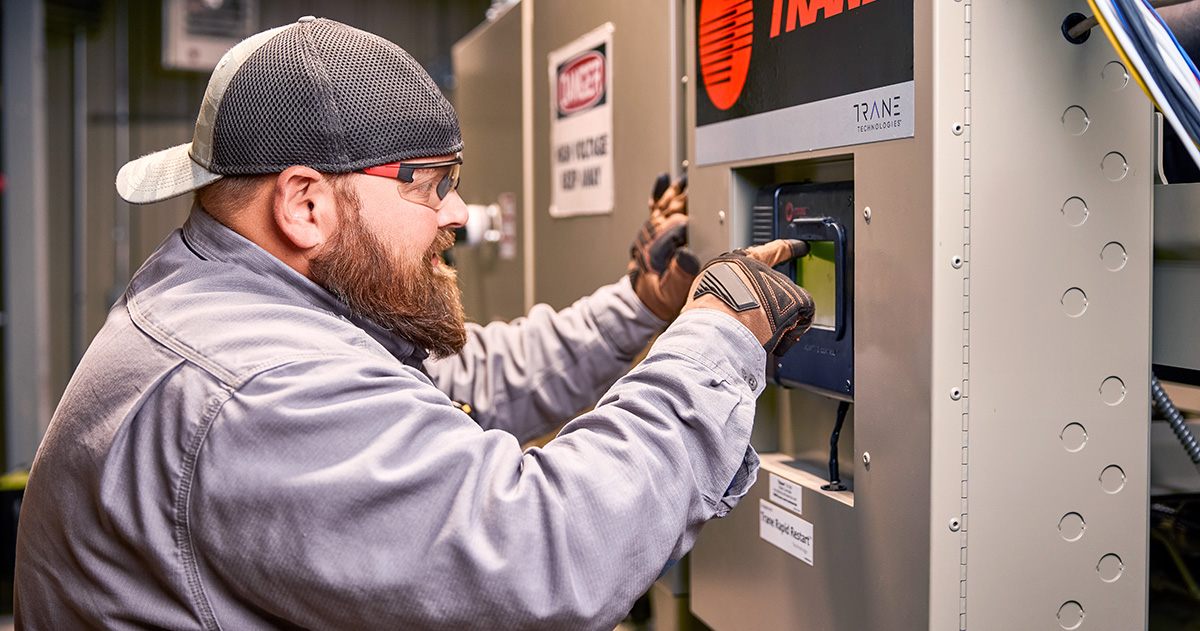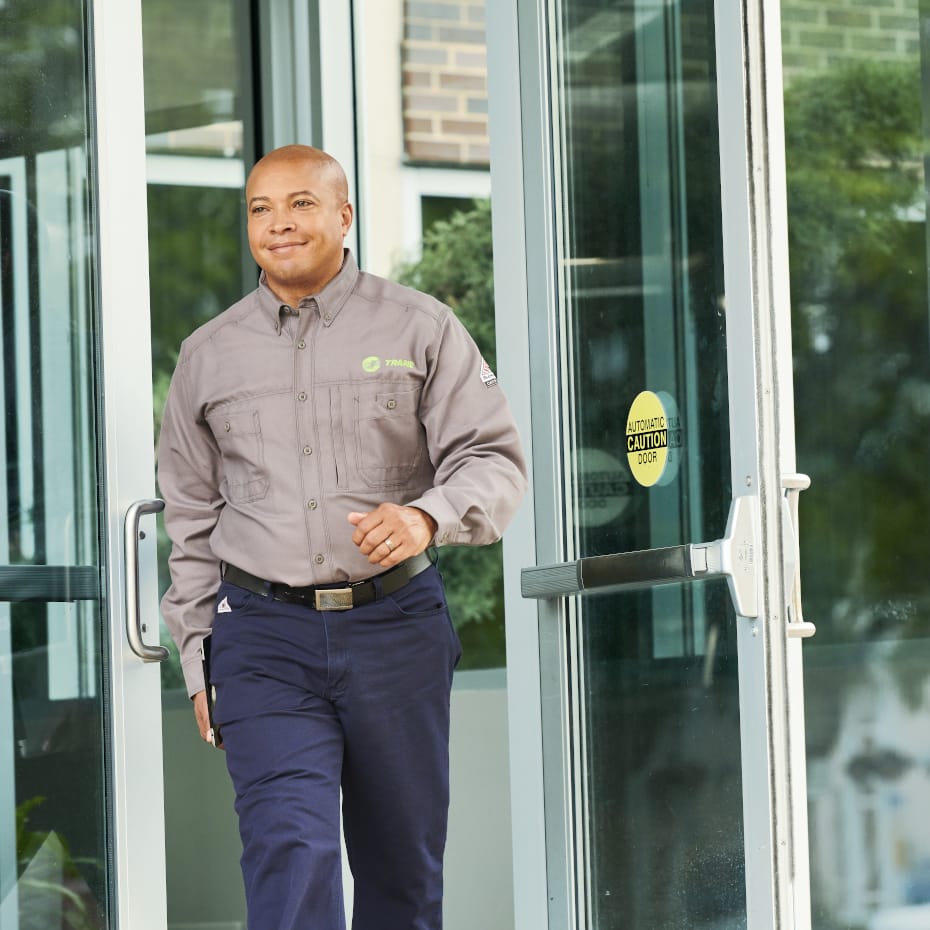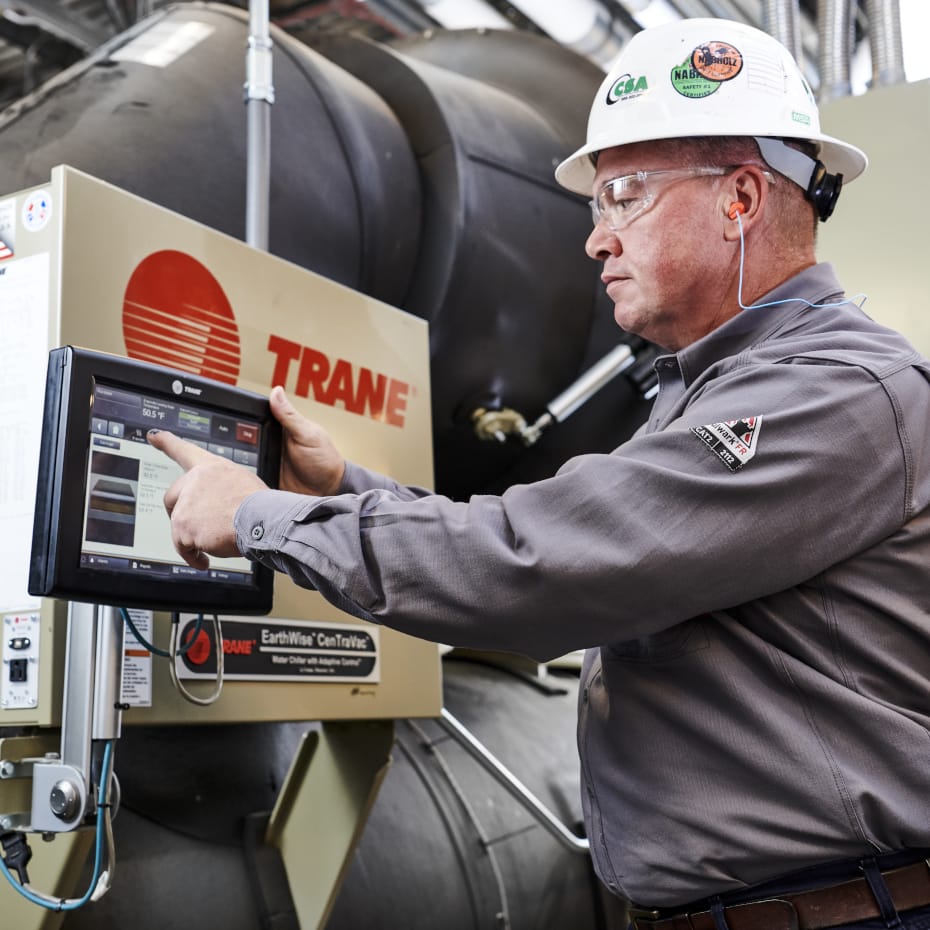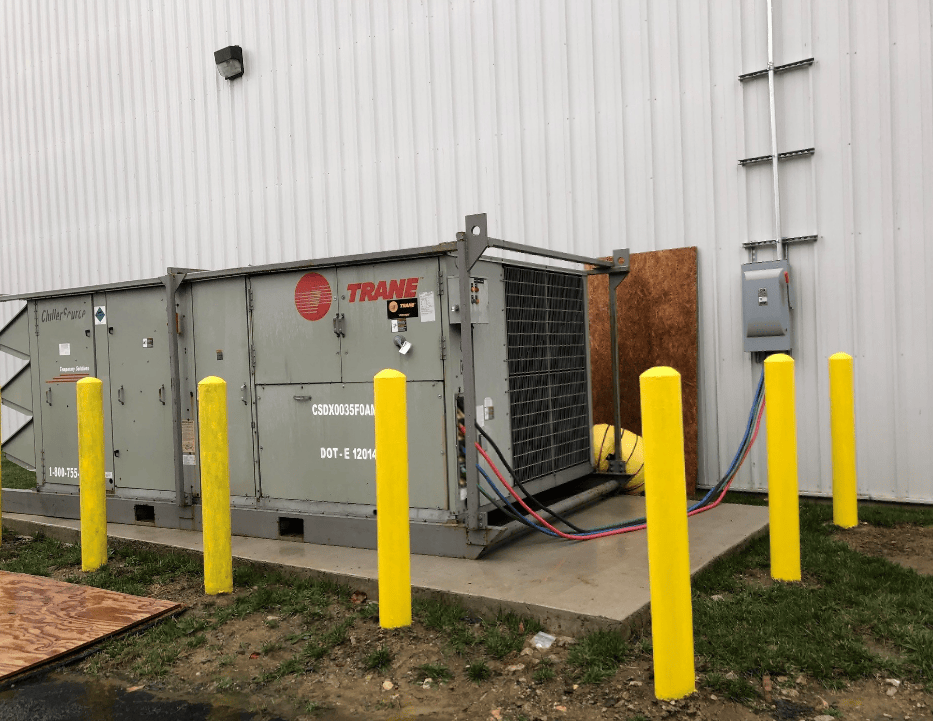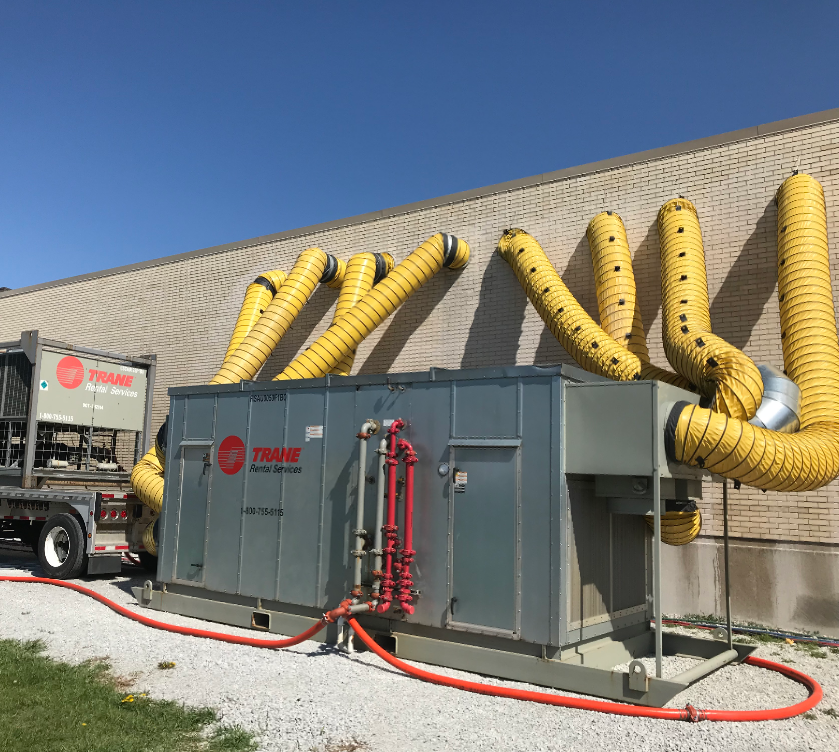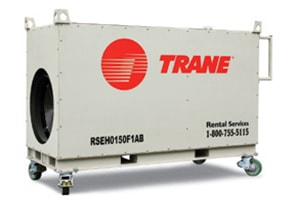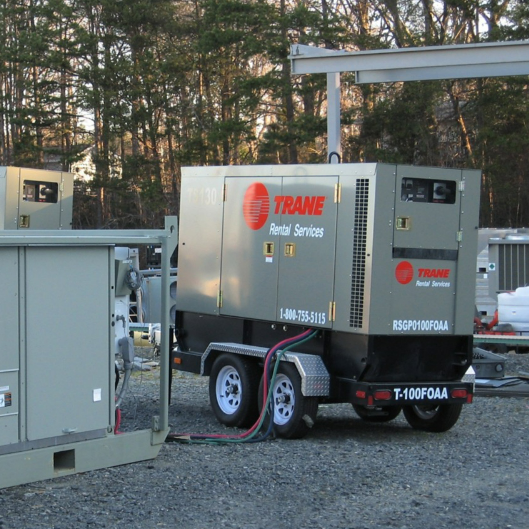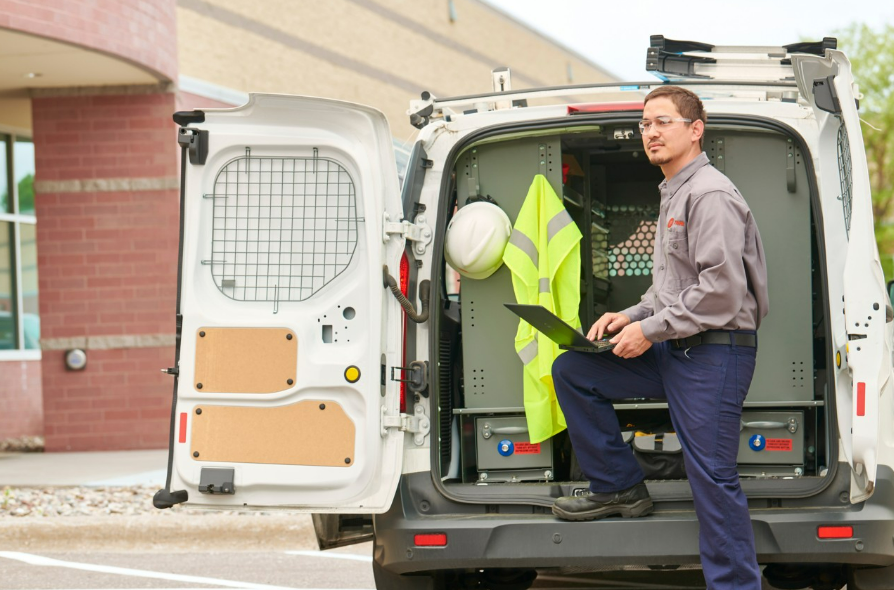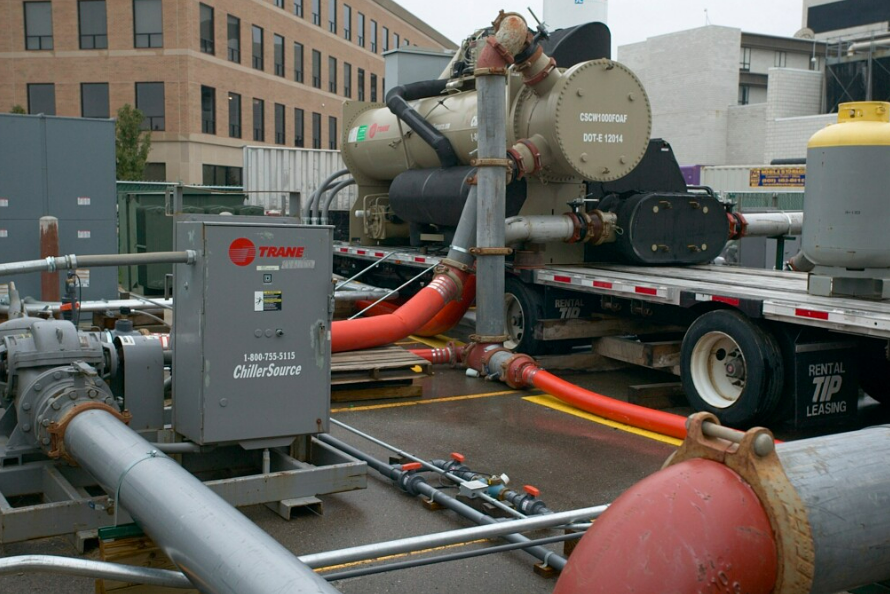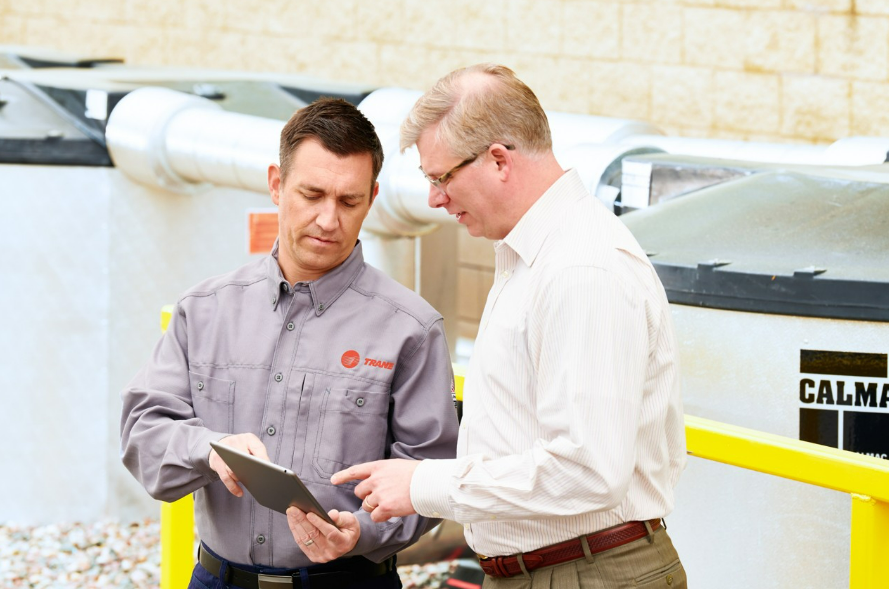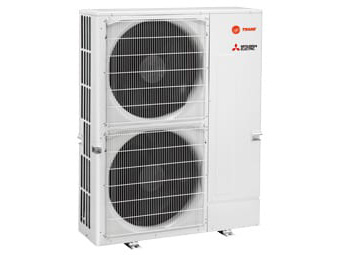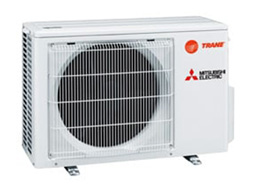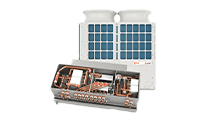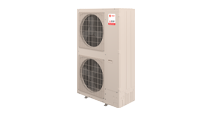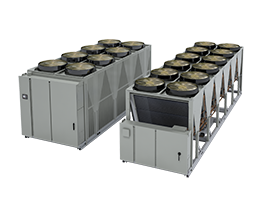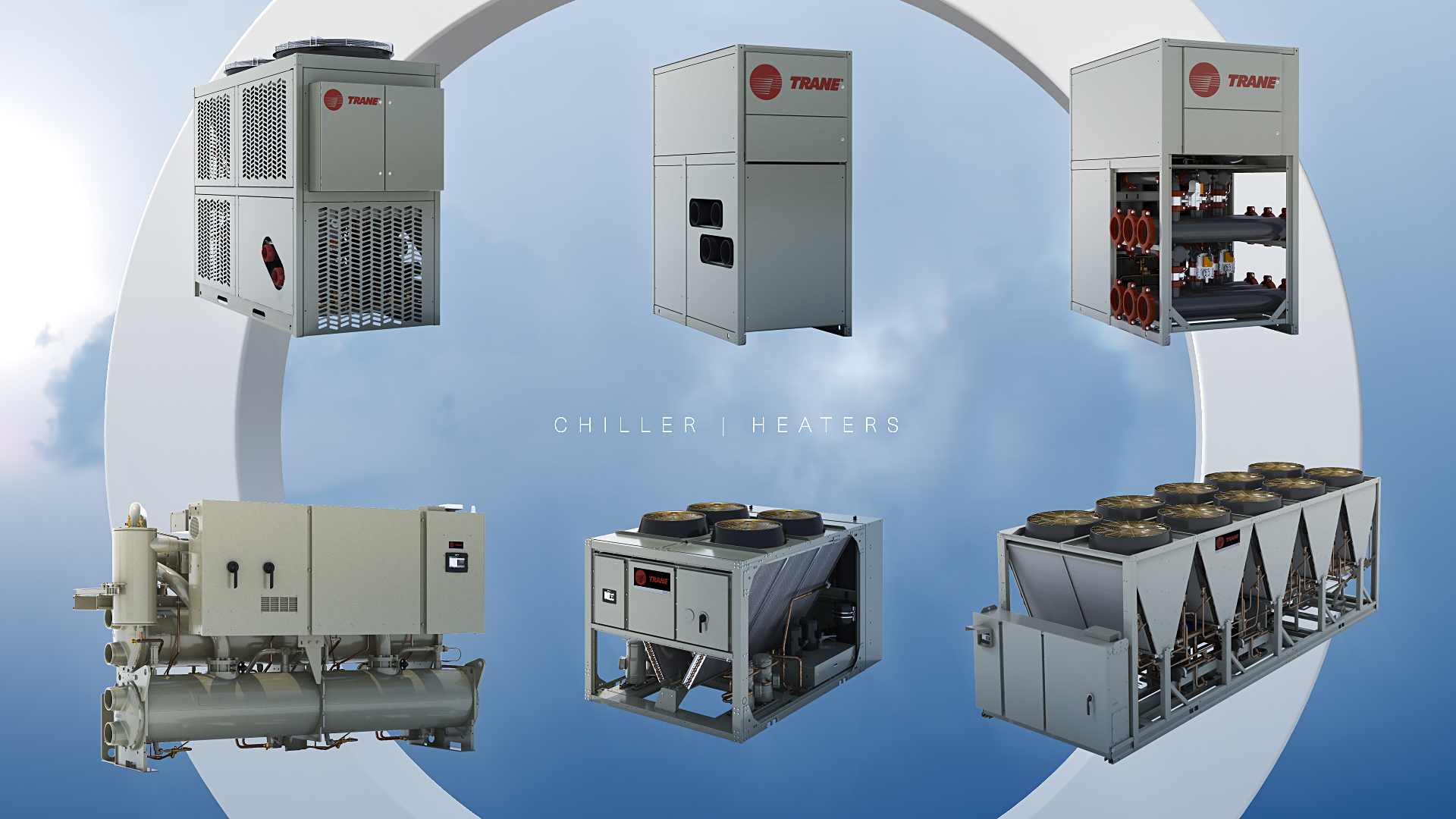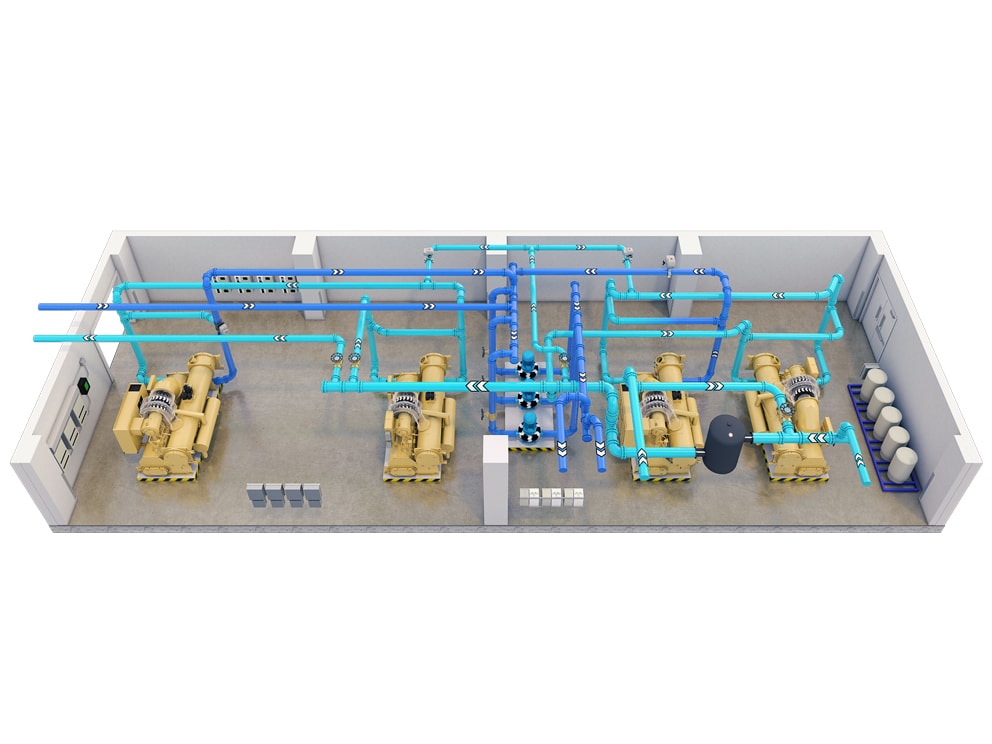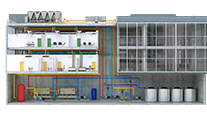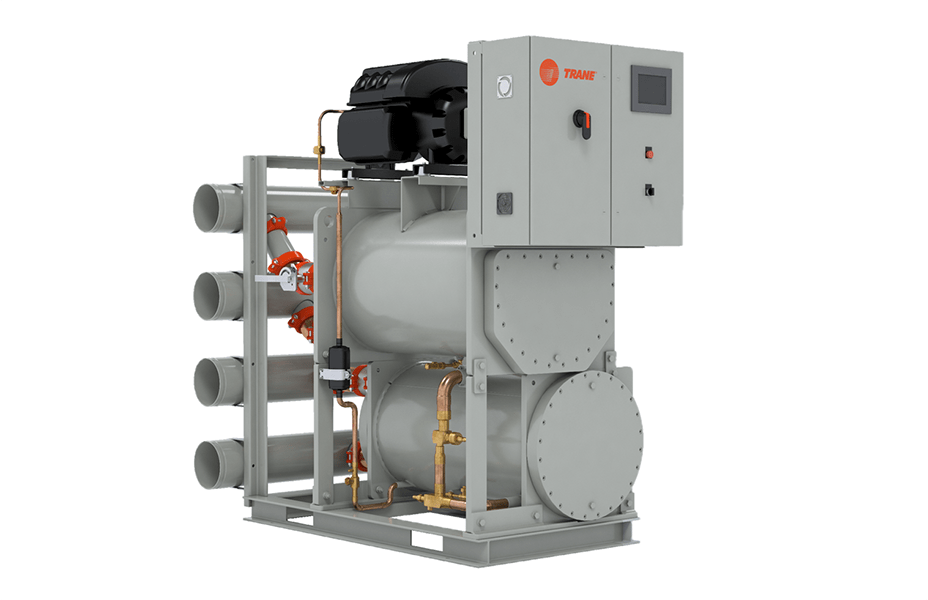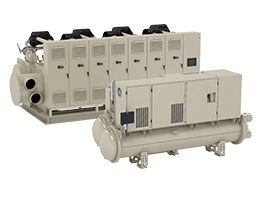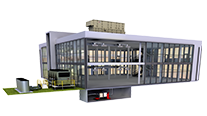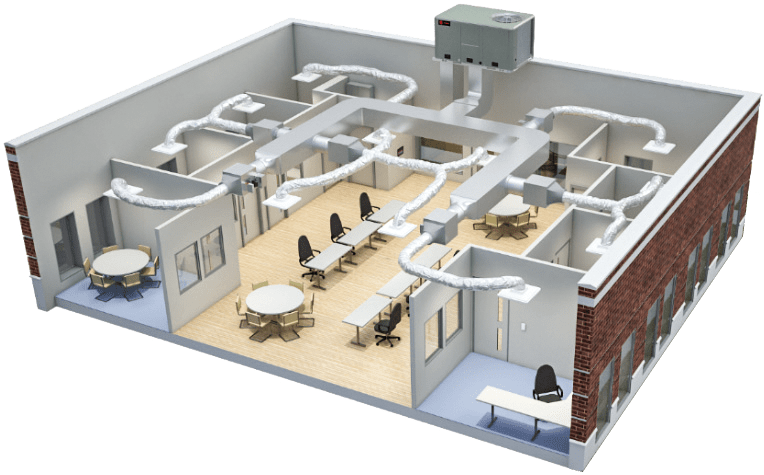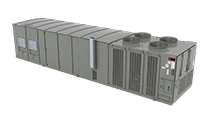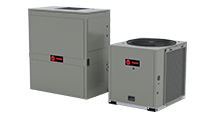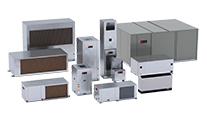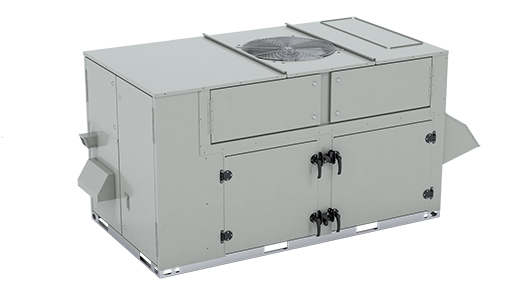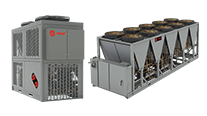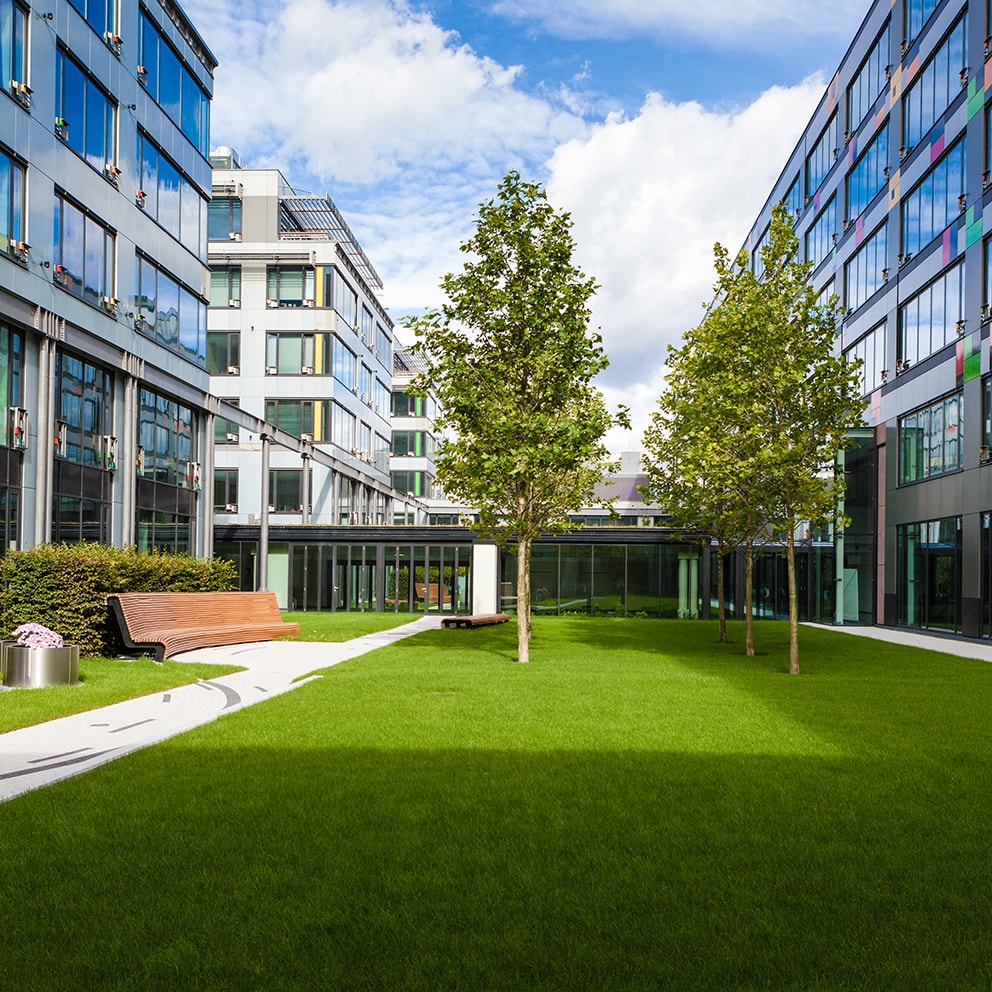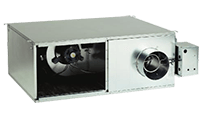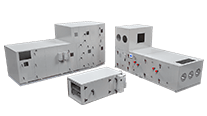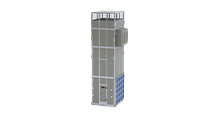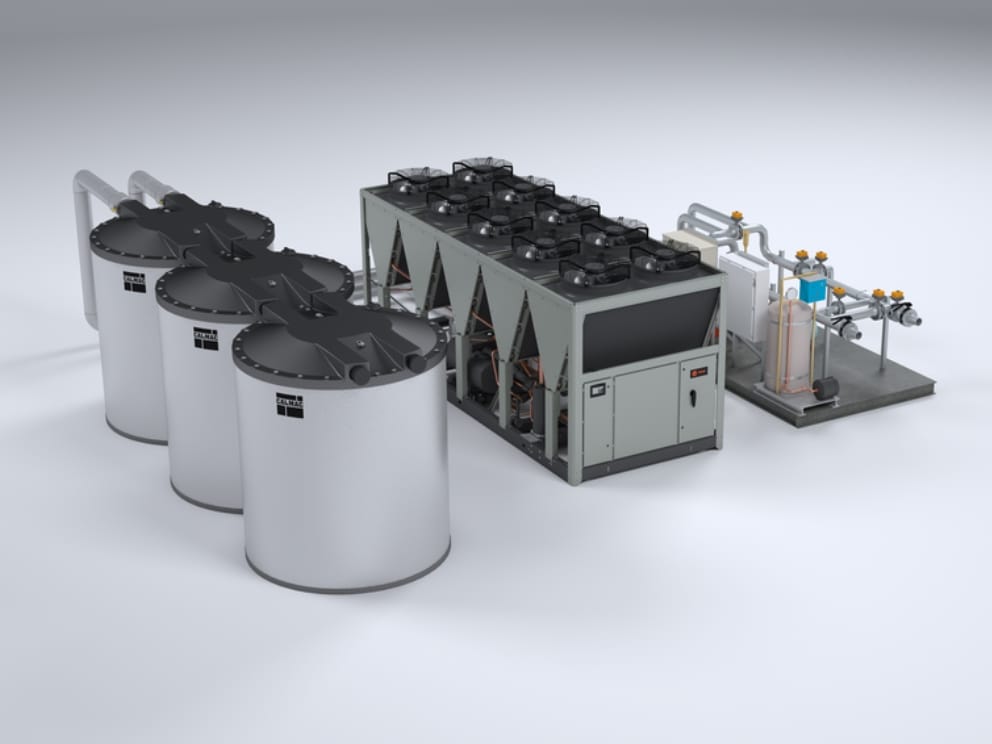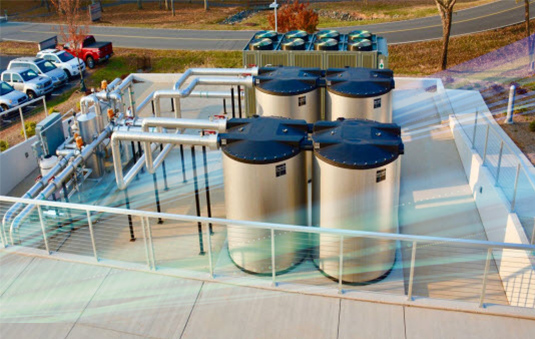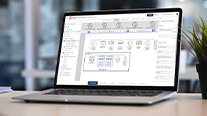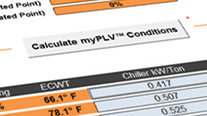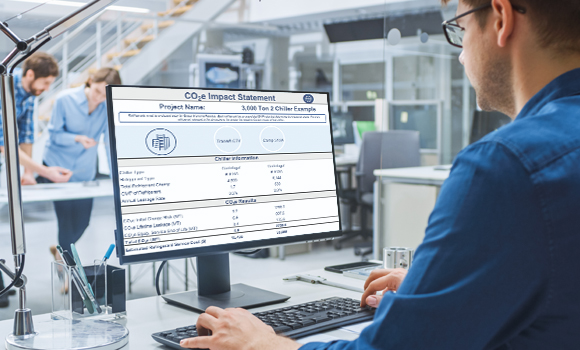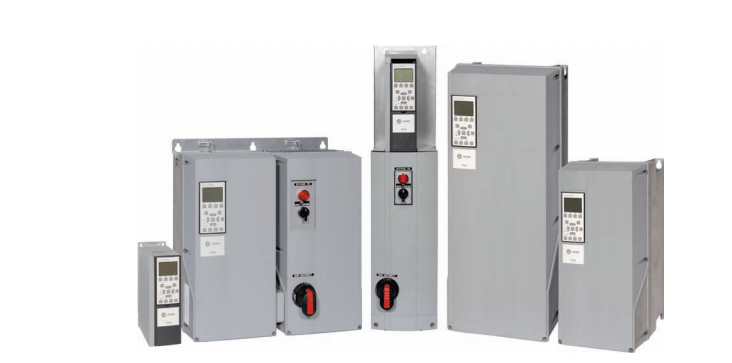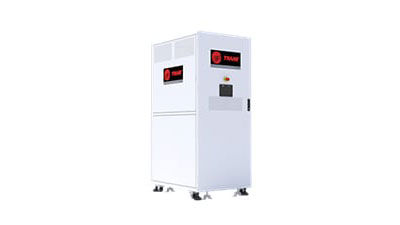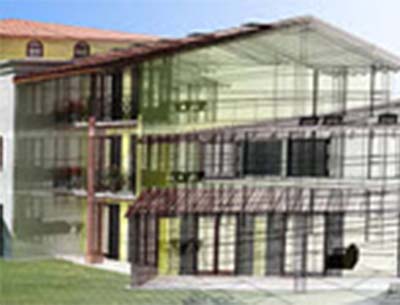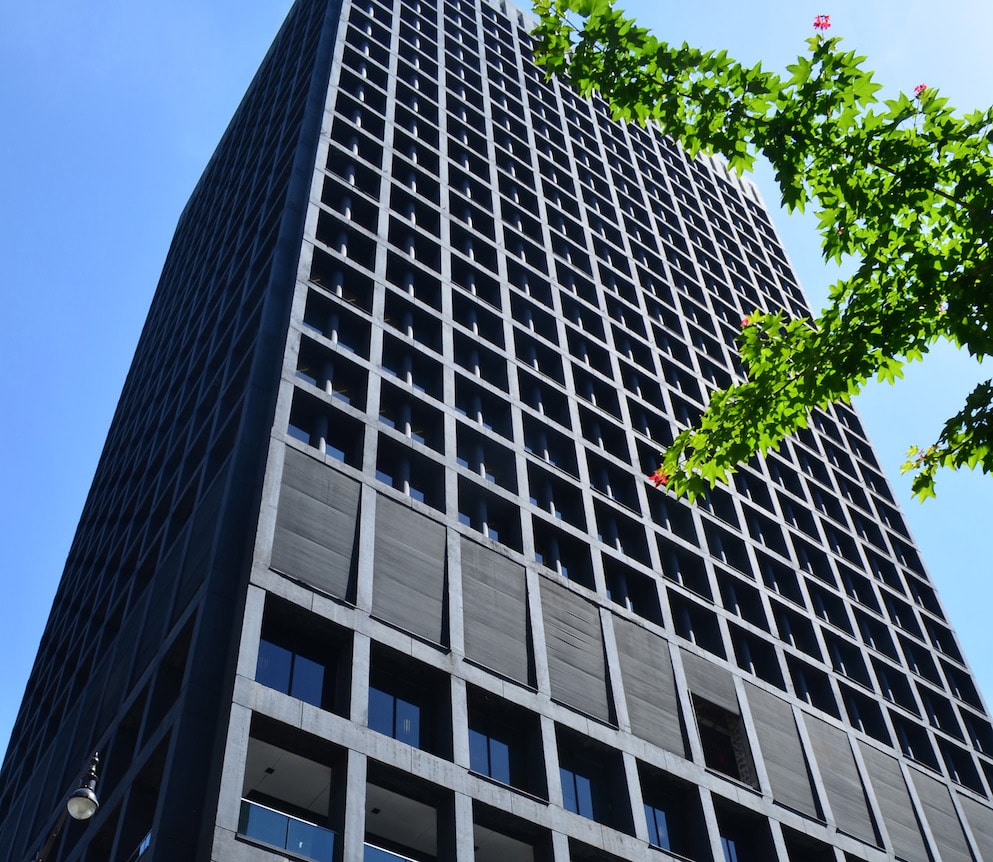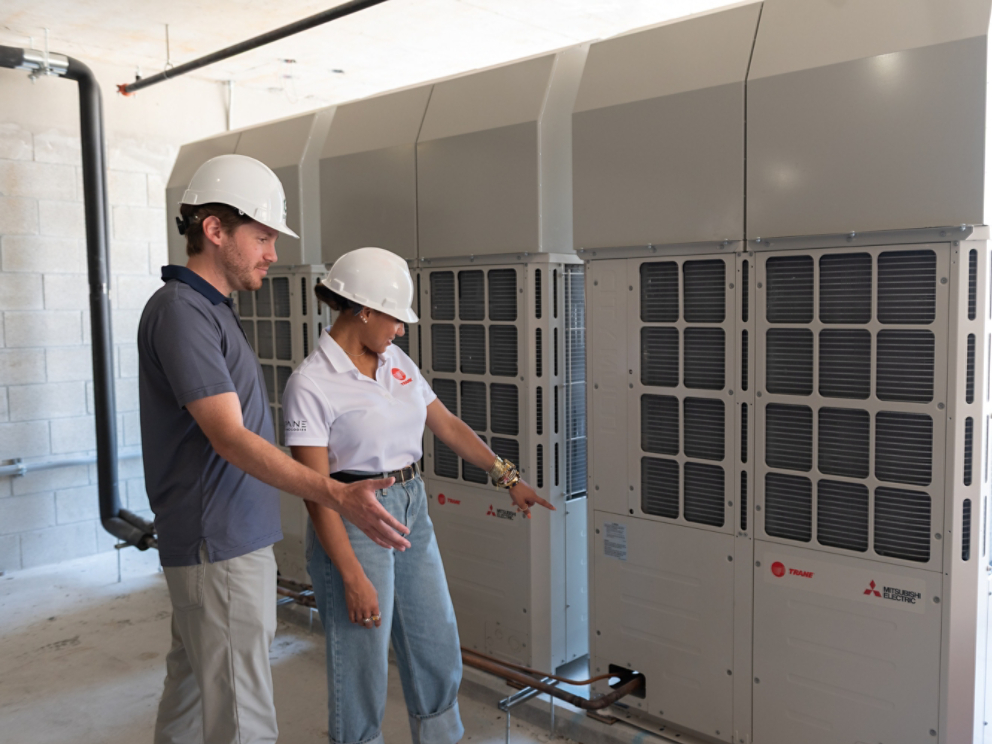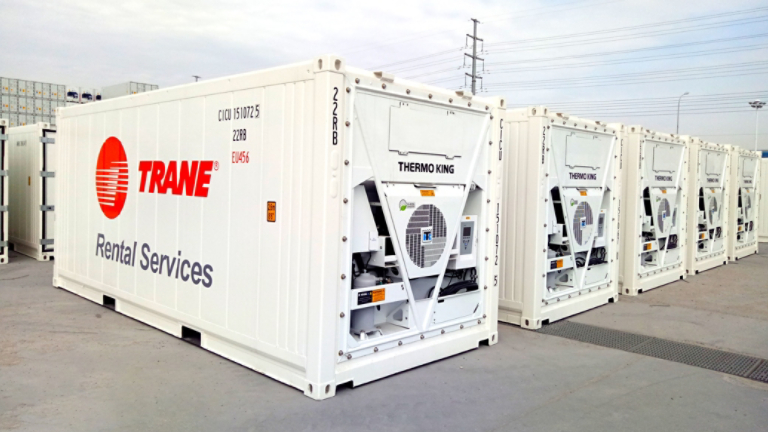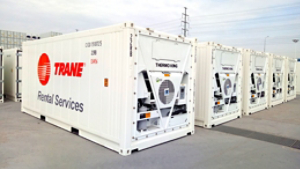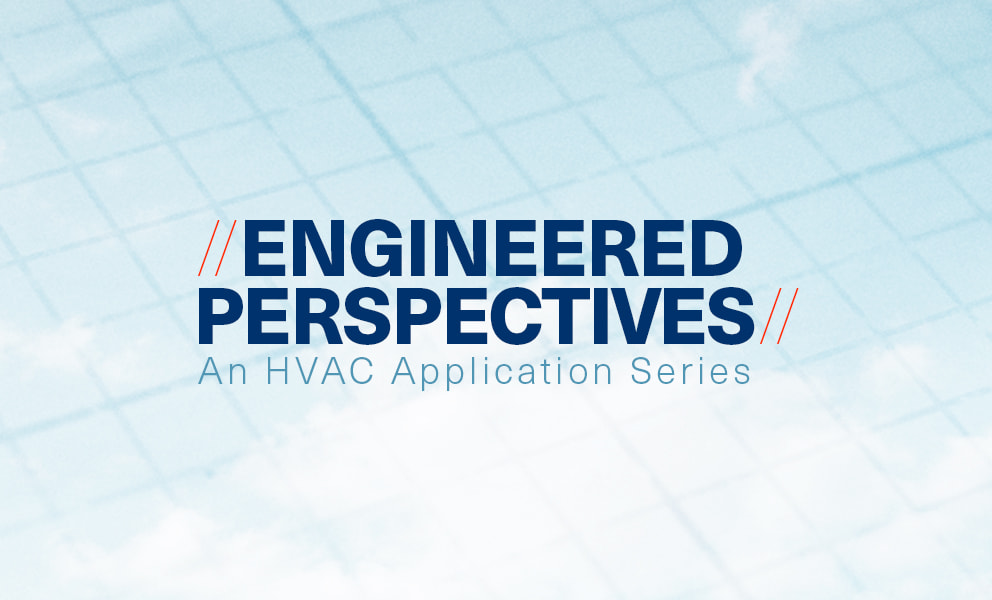In the world of HVAC, change is constant. While the fundamental refrigeration cycle remains the same, manufacturers continually develop innovative products, installers find new methods to enhance installation speed and quality, and software evolves to support all phases of construction. As the world strives for a more sustainable future, recent regulations have phased out certain refrigerants. It isn't the first time the industry has faced a refrigerant transition, but it has led some to question the future of Variable Refrigerant Flow (VRF) systems. Despite these concerns, VRF systems will continue to offer unparalleled benefits of efficiency, flexibility, and sustainability, and will maintain a strong presence in our industry.
VRF systems are remarkable. With inverter compressors, they achieve efficiencies far superior to conventional HVAC systems. VRF can simultaneously heat and cool, much like a VAV system, but with built-in heat recovery that doesn't require custom equipment or control sequences. Instead of wasting heat, VRF can reuse it for the areas that need it. VRF is also an excellent option for retrofits in older buildings, utilizing refrigerant lines instead of bulky ductwork. Finally, in a world increasingly focused on decarbonization, VRF systems are a home run as an all-electric solution, offering excellent heating capacities even in colder climates.
The AIM Act in the United States, enacted in 2020, aligns with the goals of the Montreal Protocol and the Kigali Amendment, authorizing the Environmental Protection Agency (EPA) to phase down certain refrigerants and facilitate the transition to next-generation refrigerants. The industry's focus has shifted to low Global Warming Potential (GWP) refrigerants, which primarily carry an ASHRAE® flammability designation of 2L.
But don't panic! Refrigerants with a 2L designation are VERY difficult to ignite. Running copper pipes with A2L refrigerant through a building can understandably cause unease, but thankfully the HVAC industry has been working diligently to incorporate the necessary precautions and standards for handling these new refrigerants. Standards like ASHRAE® 15 provide guidelines for designing, handling, and installing equipment that uses these refrigerants. Additionally, organizations like Underwriters Laboratories (UL) provide product-specific safety testing and standards to ensure the equipment with these low-GWP refrigerants is safe to use. These standards eventually get incorporated into building codes, which ultimately get incorporated into laws.
The standards surrounding A2L refrigerants do present some challenges for VRF systems. For instance, the allowable refrigerant charge concentration has been reduced, and now there are more stipulations on where refrigerant piping can be installed. Fire safety is a serious concern, and directions on when fire-rated and ventilated pipe shafts are required have been established and are also being reviewed and updated over time[1]. Keeping up with information that is constantly clarified and changed through addenda, errata, and interpretations can feel overwhelming.
Despite the increased safety measures, regulatory trends in the United States favor VRF systems. Minimum efficiency requirements are constantly increasing, and efficiency is where VRF systems truly excel. Historically, there have been government incentives based on increased building efficiency. Even at the local level, there are financial incentives offered by utilities or government agencies for adopting VRF technology. Puget Sound Energy, TVA EnergyRight, and Baltimore Gas & Electric are just a few examples of utility companies providing incentives for the adoption of VRF.
The HVAC industry is inventive and resourceful, and this new challenge is just another obstacle its innovative spirit will easily overcome. HVAC equipment that has already transitioned to A2L refrigerants come with integral refrigerant detectors and unit-level controls to activate safety shutoff valves and air circulation modes, all of which are allowable methods under ASHRAE® 15 for increasing system refrigerant charge. New products are already emerging to address the challenges of low-GWP refrigerants. For example, Trane® / Mitsubishi Electric’s HVRF (Hybrid VRF) systems remove refrigerant from occupied spaces, eliminating the need for leak detection or mitigation control altogether. One of the recent additions to the industry is modular, fire-rated shafts, which can be installed in less time and smaller areas than conventional shafts. For engineers who prefer not to deal with the complexity of custom control sequences, leading BAS manufacturers like Trane are already incorporating A2L mitigation sequences into their building management systems, simplifying the setup and configuration process.
I’ll finish with how I started. In the world of HVAC, change is constant. While the transition to low-GWP refrigerants presents challenges for VRF systems, the technology's core benefits ensure its position as a top-tier product. It will remain a highly efficient and flexible technology, perfectly aligned for a sustainable future. VRF will continue to keep its cool through this transition.
Trane does not provide tax, legal, or accounting advice. This material is for informational purposes only and it should not be relied on for tax, legal, or accounting advice. Tax law is subject to continual change. All decisions are your responsibility and you should consult your own tax, legal, and accounting advisors. Trane disclaims any responsibility for actions taken on the material presented.
[1] https://ashrae.iwrapper.com/ASHRAE_PREVIEW_ONLY_STANDARDS/STD_15.2_2022



